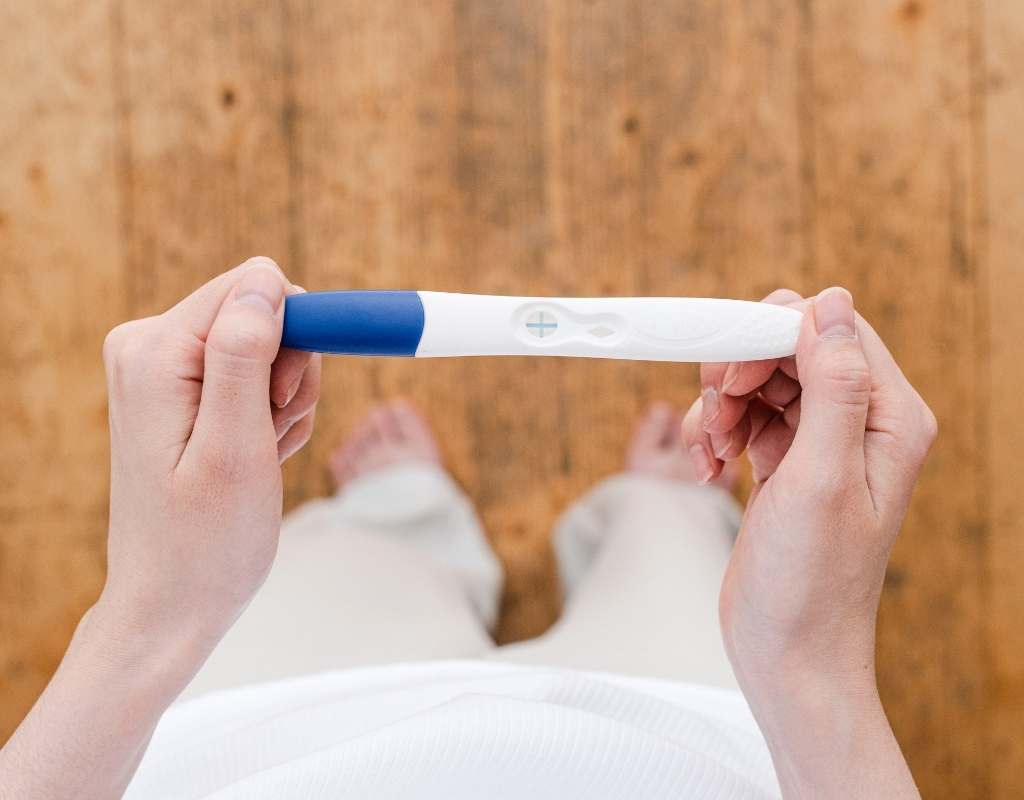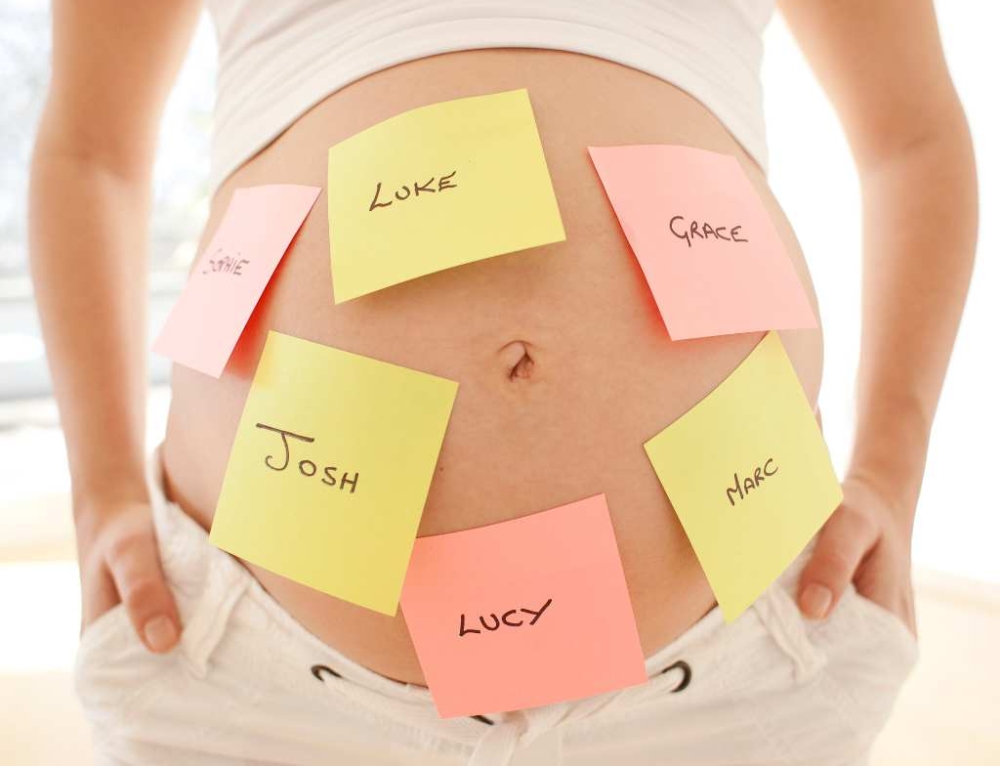We all know how reproduction works, right? The birds and the bees and the trees and the … leaves … Seriously though, even when you know how to get pregnant, it’s not always straightforward. There are intricacies that you might not know about.
In a perfect world, a healthy, fertile couple has about a 30% chance of conception during each menstrual cycle. Around three-quarters of couples will get pregnant within six months of trying and about 90% will get pregnant within one year.* However, there are so many factors that can affect fertility and conception that it could easily take that “normal” couple up to a year to get pregnant. Don’t hesitate to discuss any concerns you may have with your GP.
Fully understanding how your body works (and your partner’s) in regards to fertility and conception may help your chances of conceiving.
It all starts with an egg
The fertile phase of the menstrual cycle represents the best time for conception. At the beginning of the fertile phase, an egg starts to mature in an ovary, activating the release of the oestrogen hormone and the thickening of the uterus lining. Around 3-5 days later, the egg is released into the fallopian tube (ovulation). Your window of opportunity for conception lasts about six days, ie up to five days before ovulation plus the day you ovulate.1
The egg is fertile for only about 24 hours after release but sperm can survive for several days, so it’s best to get the swimmers in there ready for action in the days before the egg’s release – unless you have impeccable timing of course!
Ovulation
Pinpointing the timing of ovulation is not an easy science. Every menstrual cycle is different and often cycles simply don’t seem to follow a set pattern. Kidspot’s ovulation calculator can help you determine your ovulation date. Keep a note of the first day of your period and over a few months, you will be able to work out an average cycle length to give you an idea of when ovulation occurs. Generally, ovulation occurs about 14 days before your next period is due to start (plus or minus a couple of days).
Cycle examples2:
- In a 28 day cycle, you will release an egg sometime around day 14. The fertile phase will be around days 9 to 15.
- In a 26 day cycle, you will release an egg sometime around day 12. The fertile phase will be around days 7 to 13.
- In a 35 day cycle, you will release an egg sometime around day 21. The fertile phase will be around days 16 to 22.
Changes you might notice
Mucus
Just before ovulation, estrogen levels are at their highest and the uterus and cervix begin producing a special mucus that helps to protect the sperm survive for up to five days in the woman’s body and transport the sperm to the fallopian tubes. Getting to know how your cervical mucus changes during your menstrual cycle can help you predict ovulation.
Before ovulation, you’ll likely notice very little mucus and what there is will tend to be thick and opaque. Approaching ovulation, mucus will increase and become creamy in colour. Around ovulation, the increased mucus will likely be thin, clear and stretchy (referred to by many women as being like egg white). After ovulation, mucus returns to being thick and opaque again.3
Just as unpredictable as your cycle, the amount of mucus your body produces (and that you notice) can differ from person to person.
Temperature
Ovulation may cause a slight increase in your resting body temperature that lasts for at least three days. The temperature rise is usually about 0.2 to 0.4o Celsius and may last until just before your next period.
Keeping a record of your temperature at the same time each day for a few months can help to show these fluctuations. Using a digital thermometer will give you better accuracy. Try to take your temperature in the morning before you get out of bed. This record can help you predict when ovulation occurs within your cycle so that you can time having sex just prior to the rise in future months because you are most fertile in the few days prior to ovulation/slight increase in temperature.4
Other signs
Some other signs of ovulation that have been reported include lower abdominal, pelvic or back discomfort, tender breasts, and bloating.5
References
* https://www.medicalnewstoday.com/articles/how-long-does-it-take-to-get-pregnant
1 https://nationalwomenshealth.adhb.govt.nz/womens-health-information/fertility/timing-for-conception/
2 https://nationalwomenshealth.adhb.govt.nz/womens-health-information/fertility/timing-for-conception/
3 https://www.medicalnewstoday.com/articles/323503#fertile-discharge
4 https://www.mayoclinic.org/tests-procedures/basal-body-temperature/about/pac-20393026
5 https://www.healthline.com/health/womens-health/ovulation-symptoms#ovulation-tests
This article was written by Kidspot NZ
See more:







Leave A Comment
You must be logged in to post a comment.